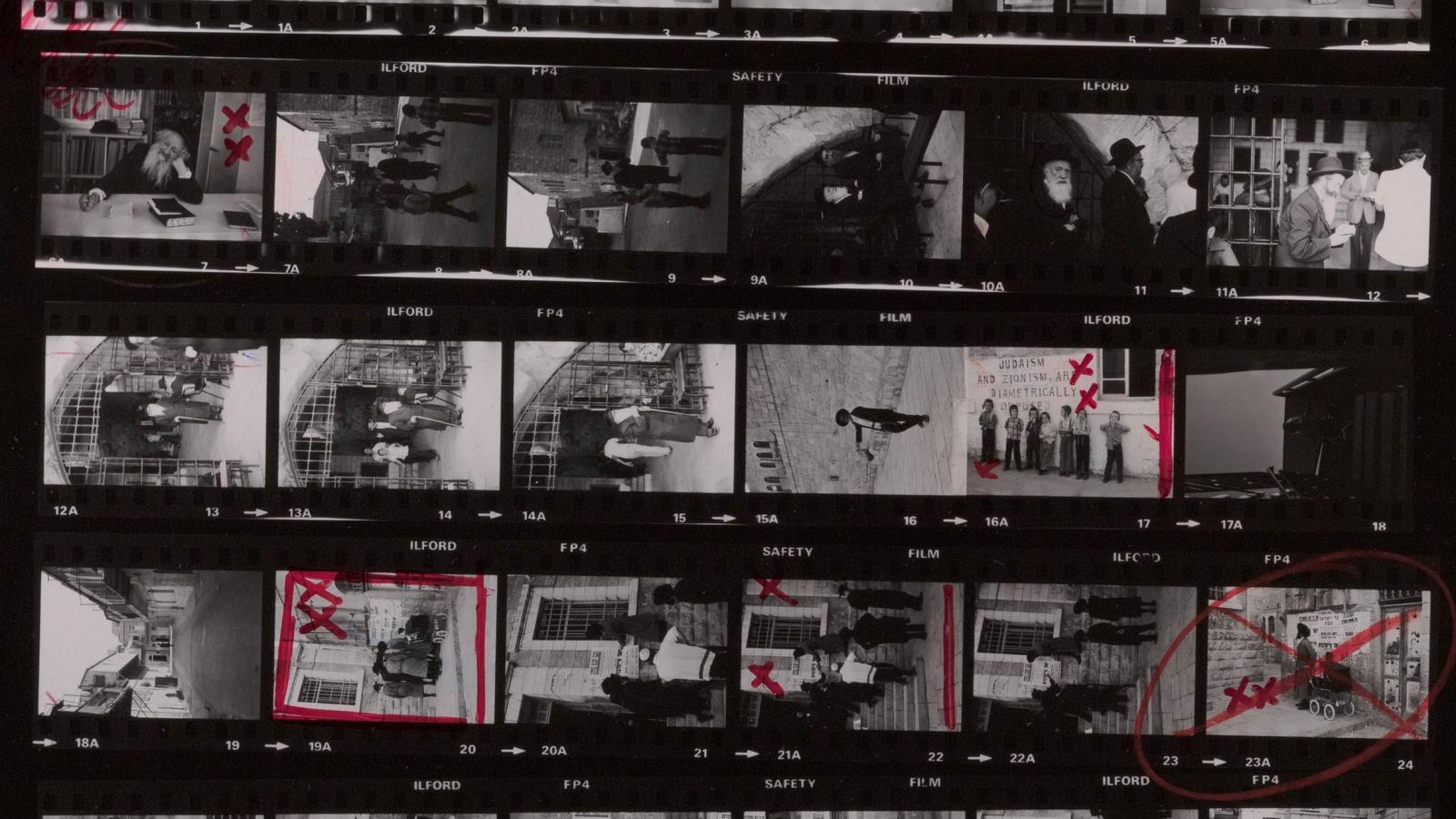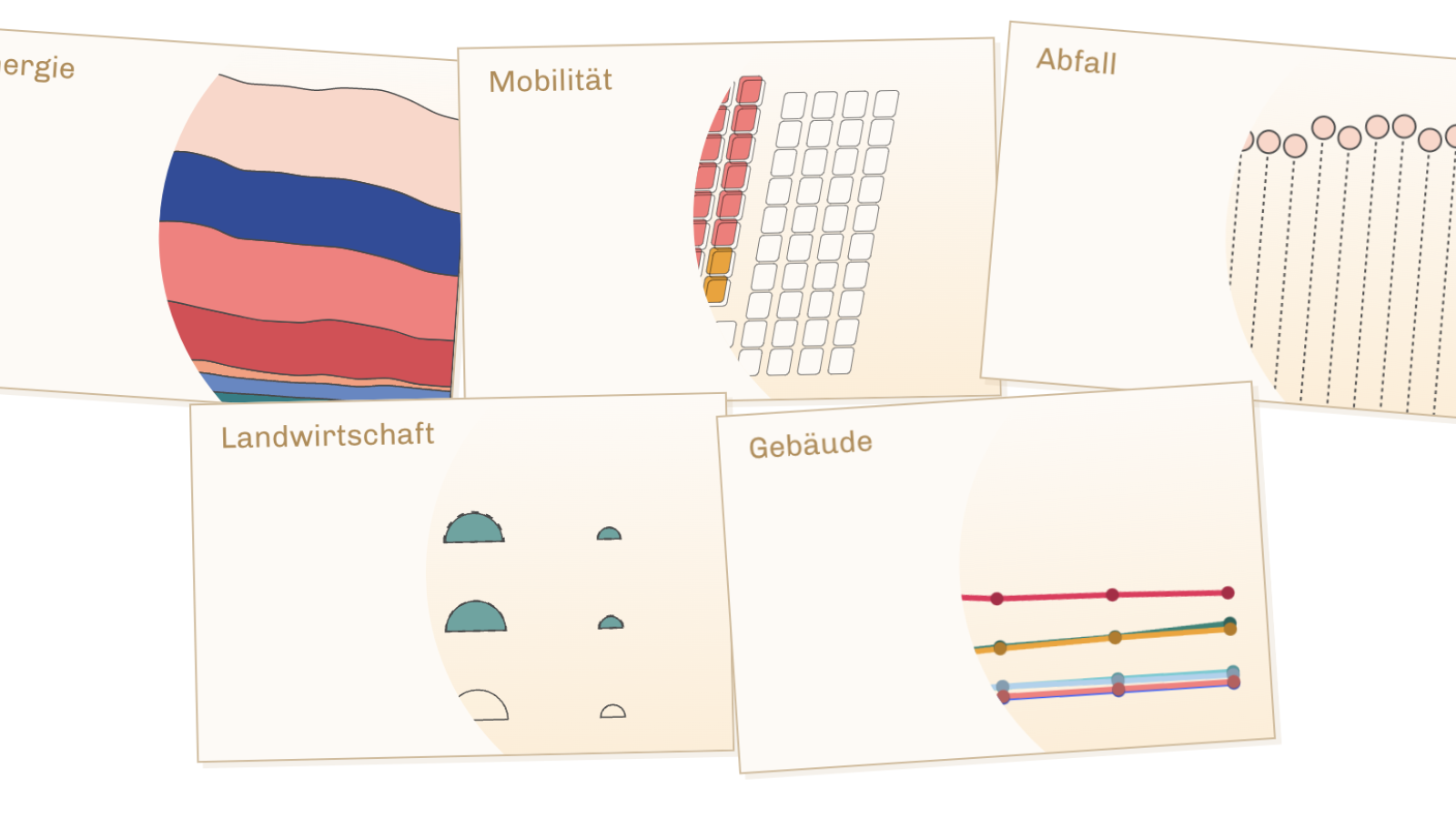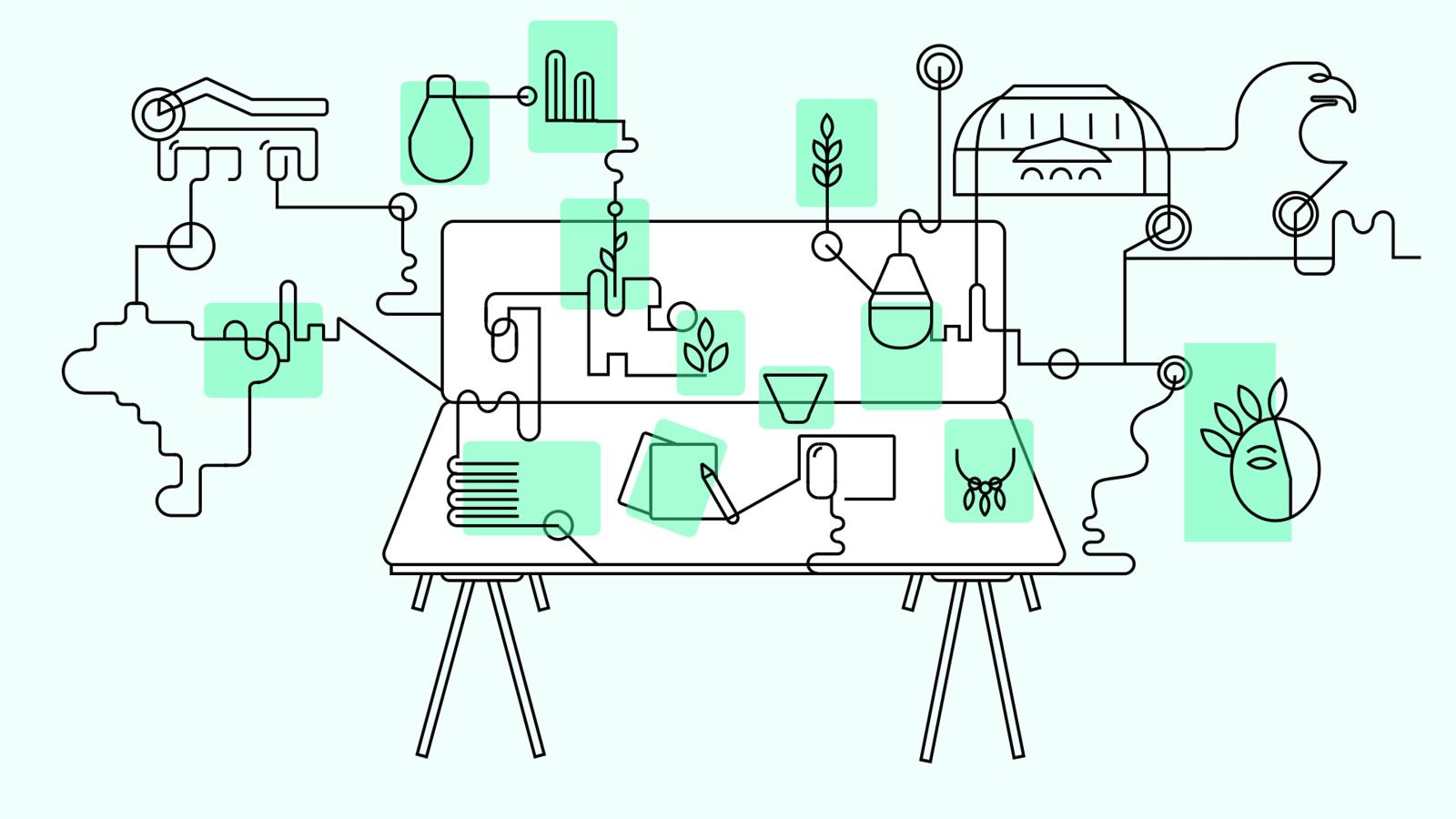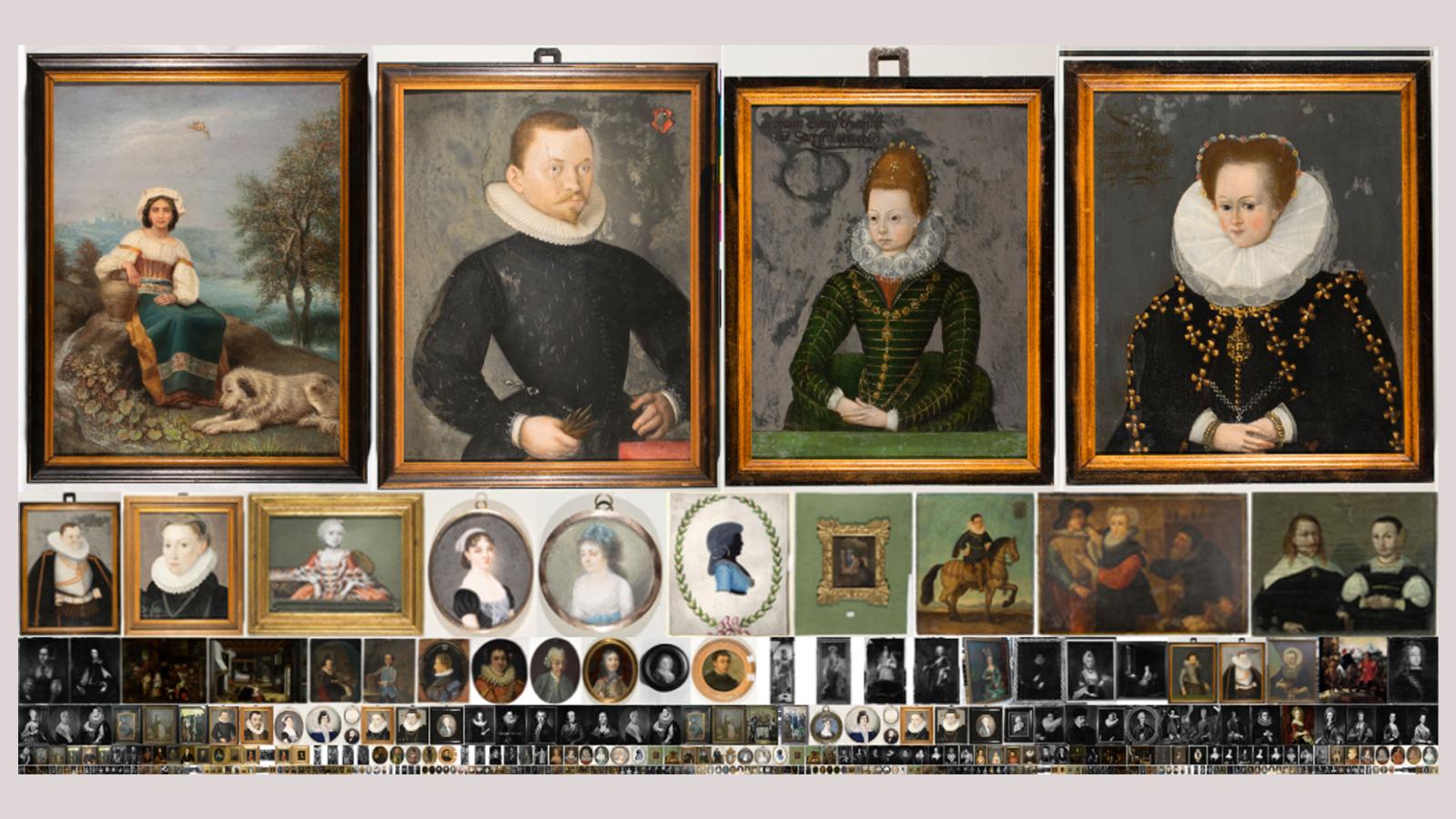Research in the Degree Programme Interface Design
The interface design degree programme conducts research in current topics of human-computer interaction and information visualisation. It participates in national and international research projects and conducts contract research for companies and institutions. Finally, it systematically integrates research-based learning into the courses offered.
Topics, Problems & Questions in (Interface) Design Research
Modern design research is interdisciplinary and combines the design and methodological skills of designers with problem-solving strategies and research approaches from other disciplines. At the core of design research at the University of Applied Sciences Potsdam is the conception and creative implementation of new problem solutions for a largely intuitive, meaningful and emotionally appealing use of digital technologies, products or services. Concrete usage scenarios include all areas of life and work in which digital products and services are increasingly interconnected.
Which apps or websites will we use in the future when we are out and about in the city or in the country? For example, to find our way around, to find and meet people, to get information about things that surround us, to be warned of dangers, etc. But also: how can we protect ourselves from dangers? But also: How can we protect ourselves from too much information and preserve our privacy? What does interaction with the Internet of Things look like? Is it exclusively visual via displays or can we feel, hear and smell it? What will interaction in the car look like in the future? How can attention be meaningfully managed between driving tasks and phases of semi-autonomous driving? How do passengers want to be entertained? And what does the driver see when his/her car communicates with another car? How can people with different qualifications best work together at a large, interactive table - e.g. after a natural disaster or when planning new traffic routes in the city? What is the easiest way for them to interact with information displayed on maps or diagrams? What is the quickest way for them to mark objects on the map? And how does this information get onto their smartphones quickly so that they can use it later on the move - e. g. in the city?
These and many other questions are typical for our research projects.
The solution ideas are usually implemented in the form of prototypes and evaluated together with potential users. Prototypes make our ideas tangible for third parties. People can try them out, test them and get a good impression of whether they help to solve the respective problem better than before. A high aesthetic quality of our prototypes is a consistent feature of success and not an end in itself. On the contrary, numerous studies prove the positive correlation between beauty and other product characteristics such as usability.
Information Visualisation
Typical problems are questions about the user-friendly visualisation of large amounts of georeferenced data, e.g. for urban planning, traffic management or a new mobile app that shows us even better where we can rent a bike or a car, that ensures the connection to long-distance transport at the station and presents us with suggestions for suitable overnight stays.
But also in health and environmental research, in logistics or in the field of IT security, more and more data is accumulating that has to be processed in a meaningful and aesthetically high-quality way for different target groups. In our Urban Complexity Lab, we are primarily concerned with the development of new cartographic visualisations for data and information flows in the "digital" city.
Sustainable Interaction Design
Can computers make people do the right thing? For some years now, the term "Sustainable Interaction Design" has been used to describe research in design that hopes to trigger changes in attitudes and behaviour towards more sustainable lifestyles and work styles through digital products and services (e.g. as smartphone apps). It is often a matter of making one's own behaviour visible, putting it in relation to other people and proposing goals for a more ecologically sensible life and sharing them with others.
The Interfacedesign degree programme has developed its own mobile apps to make environmentally friendly behaviour visible and has implemented solutions for visualising energy consumption in a domestic context - smart metering - together with industry partners. In addition, a large number of Bachelor's and Master's theses in this subject area document the great interest of our students in the question of how designers can fulfil their responsibility for an ecologically sustainable and socially just society.
Designing for Trust & Security
Trust in the security of IT systems has been permanently disrupted at all levels. On a global level, the Snowden revelations show how comprehensively and seemingly effortlessly the NSA, GCHQ and BND spy on millions of emails and monitor mobile communications. The scope and damage of cybercrime has grown exponentially and, despite the reservations of many IT security experts, the use of cloud services such as Dropbox and Google Docs has become commonplace. Yet the issue of security and privacy is inconvenient for most users, or the dangers are underestimated until a case of damage occurs.
In our research projects, we develop visualisations that help IT security experts to recognise dangers more quickly and to act appropriately.
Network
The Interfacedesign degree programme has a large, international network of companies, institutions and partner universities with which joint projects and seminars are regularly carried out. Since the programme was founded, research and development issues have played an important role in teaching. Seminars and projects are often carried out in cooperation with partners from industry, authorities and research institutions.
The course of study in interface design has cooperated with the following companies and institutions in recent years:
SAP, Deutsche Telekom AG, Cornelsen, IDEO, comdirect, N26, Potsdam Institute for Climate Impact Research, GeoForschungsZentrum Potsdam, German Archaeological Institute, Federal Environmental Agency, Microsoft Research, Berlin Senate Department, Brandenburg Police, Hasso Plattner Institute for Software Technology, Energy Agency Rhineland-Palatinate, Swiss Federal Institute for Forest, Snow and Landscape Research, United Nations, Goethe-Institut Moscow, Jewish Museum Berlin, Bode-Museum, Volkswagen, BMW, Porsche, Miele, Recaro, HERE, ZDF, Bayerischer Rundfunk, Filmmuseum Potsdam
Offers for Students and Actors from Business and Administration
Research During the Degree Programme
The project-oriented module structure of the programme enables students to participate in research projects at an early stage. Students benefit from the proximity to the latest developments in interface design, which have often not yet found their way into textbooks. Students are systematically introduced to the methodology of modern design research. In this way, they acquire a competence profile that qualifies them for highly qualified activities in interface, product and service development, as well as for more research-oriented activities in scientific institutions.
The research activities in interface design are bundled in the Interaction Design Lab (IDL) and the Urban Complexity Lab (UCL).
Phd track
The programme offers Master's graduates with an above-average interest in research questions and a high level of motivation for an academic career an established path to a doctorate. Participation in research training groups and long-standing research cooperations with renowned universities in Germany and abroad offer numerous opportunities for the necessary cooperative supervision of our doctoral students at a university. The selection and connection to university disciplines depends on the topic.
The University of Applied Sciences Potsdam regularly advertises its own doctoral positions. The two research labs associated with the degree programme - the Interaction Design Lab (IDL) and the Urban Complexity Lab - also offer research assistant positions with the option of a doctorate.
If you are interested in a doctorate in the context of human-computer interaction or geo- and information visualisation, please contact the student advisory service.
Proposal Research
With the Interaction Design Lab (IDL), the degree programme has established a laboratory for applied research that supports clients from business and administration in the development of innovative human-computer interfaces and digital services.
In the IDL, user interfaces with a high level of user experience for enterprise, industrial, medical and e-government applications as well as for consumer products are conceived and designed with user participation, implemented as prototypes and examined for their effect and appropriateness using modern evaluation methods. One focus in recent years has been the development of large, web-based knowledge portals (science communication), e.g. for the Helmholtz Centres, the German Archaeological Institute or the Federal Environment Agency. The aim here is to make complex scientific topics visible and tangible for a broader public.

Literature List
Recommended literature for the study programme Interface Design can be found in our literature list.
Projects
Weitere Projekte
GraDiM: Granularities of Dispersion and Materiality – Visualising a Photo Archive on Diaspora
In collaboration with photographer Frédéric Brenner and his international project team, the GraDiM research project is developing theoretical and technical concepts for the visualisation of a photo archive with particular sensitivity for a collection documenting the Jewish diaspora.

CLIMATE MAPS: Visualising Local Climate Futures
Cooperation with the daily newspapers taz and UCLAB with the aim of conveying climate information via various channels using data visualisations. For this purpose, both physical and digital postcards with visualisations on different aspects of climate protection in Germany were designed and produced.

Amazonia as a Laboratory for the Future – Networking-Understanding-Communicating
Starting from collection objects, overcome borders and create spaces of networking, understanding and mediation.

Restaging Fashion – Digital Contextualisation of Vestimentary Sources
The interdisciplinary research and digitalisation project "Restaging Fashion. Visualisation of Vestimentary Sources" (ReFa) has developed explorative approaches to holdings from the Berlin Art Library with its collection Modebild – Lipperheide Costume Library and from the Fabrics collection of the Germanisches Nationalmuseum Nuremberg.